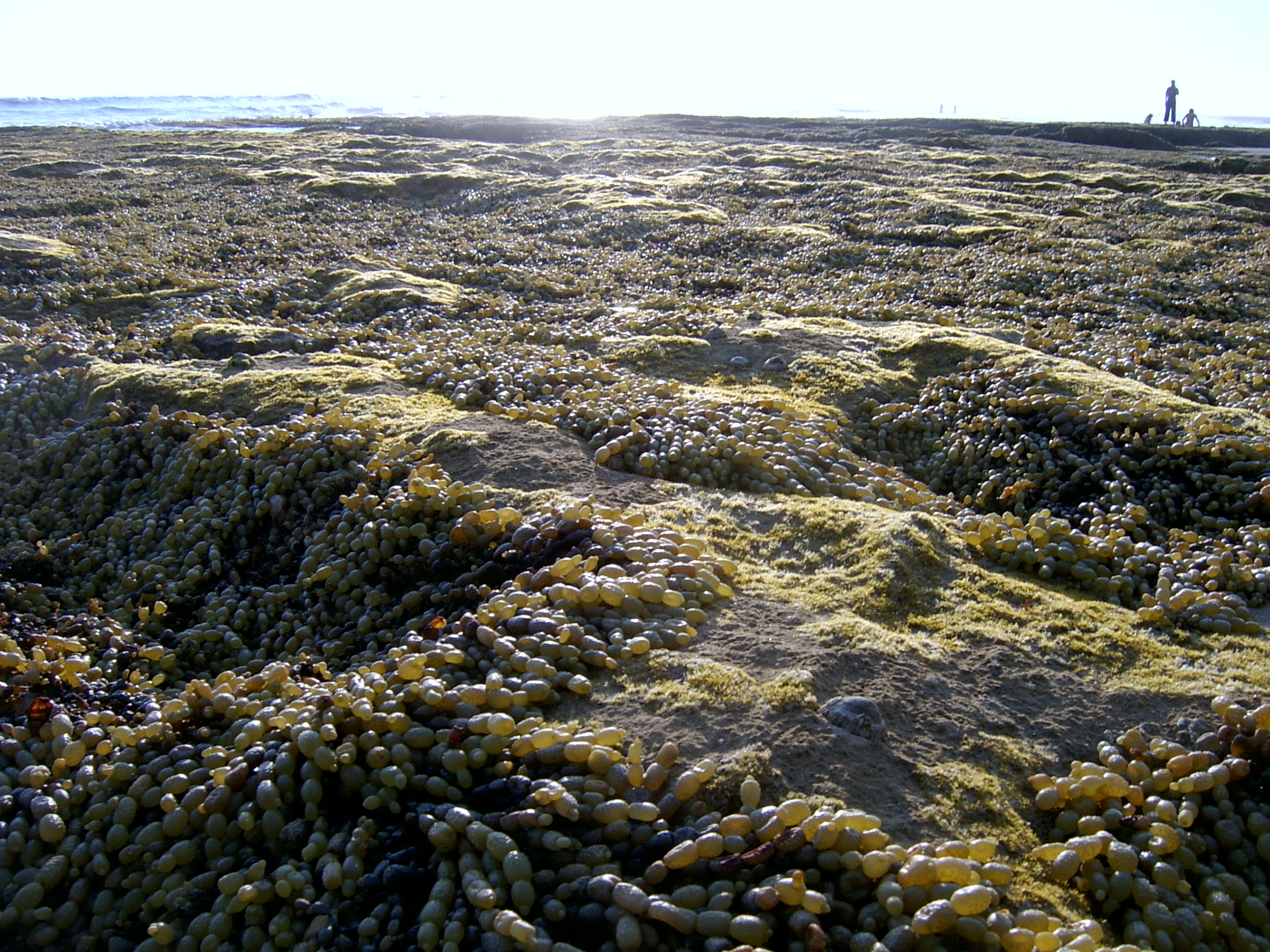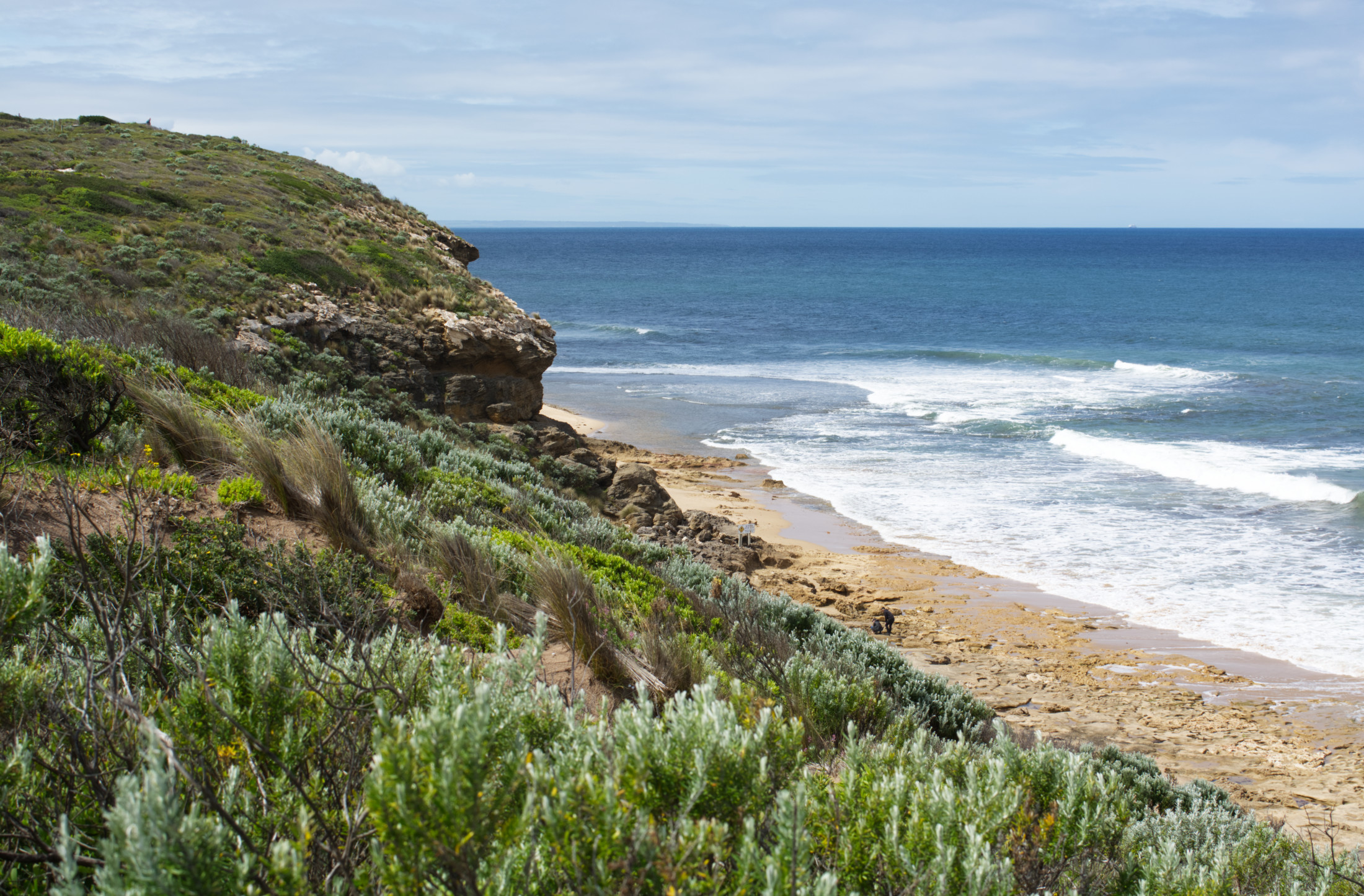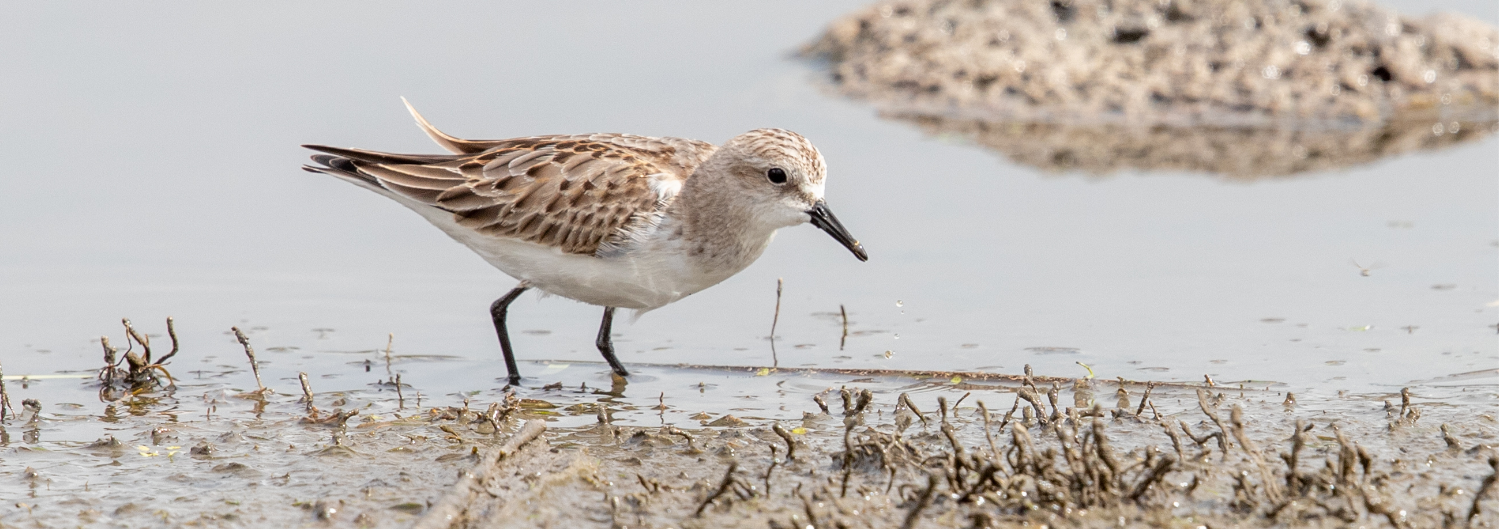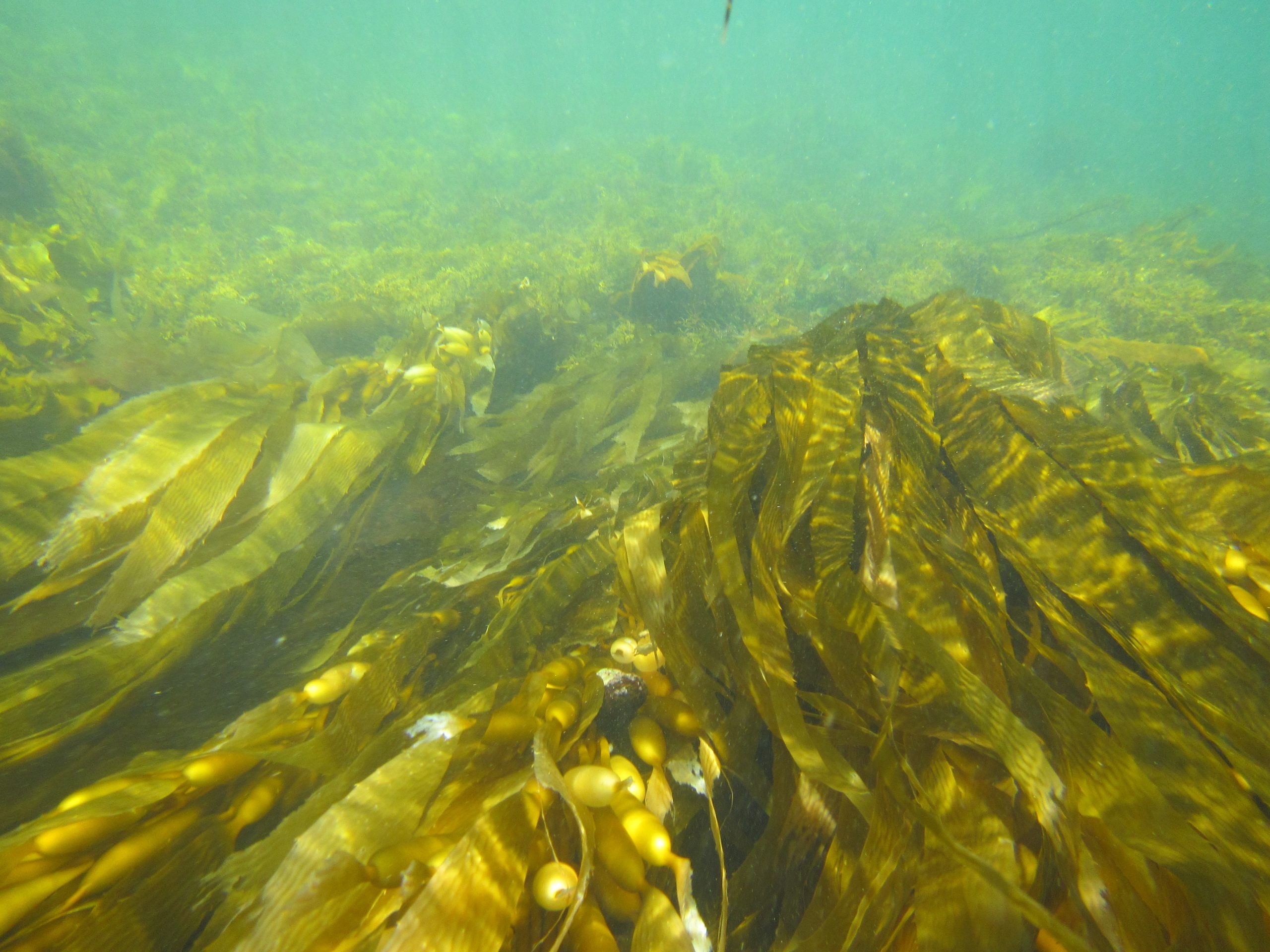
Habitats of Barwon Heads
A habitat is a place where animals and plants live and which provides all the things needed for a species to survive including food and shelter, and to successfully reproduce.
Habitats are often named after the most obvious plants or animals that live there. Some of local habitats include kelp forests, sponges gardens, and seagrass meadows or Moonah woodlands. In other cases the type of environment in which the animals and plants live names the habitats and these include rocky reefs, mudflats and sandy plains.
Barwon Heads is surrounded by both the marine environment to the south and a wetland of international significance to the north and is blessed with a wide range of marine and coastal habitats close by.
Facing south to Bass Strait and beyond, the Barwon Bluff Marine Sanctuary protects a variety of marine habitats including intertidal and subtidal rocky reefs populated with diverse fauna and flora, sandy plains, and large areas of open water.
The Barwon Estuary and Lake Connewarre form an important part of the Port Phillip (Western Shoreline) and Bellarine Peninsula Ramsar site and supports with extensive mudflats, seagrass, and saltmarsh and mangrove habitats and is important to many migratory bird species that visit annually from the northern hemisphere.

Bluff Habitats
Above the water the Bluff itself supports a number of coastal habitats that provide shelter and food for many local terrestrial animals and plants. These include coastal scrub on the exposed coast comprising plants that can cope with harsh conditions of wind and salt spray. In less exposed areas, coastal woodlands can be found which can support taller species including trees such as Moonahs (Melaleuca lanceolata).
The Bluff is also surrounded by coastal dunes which support a small community of hardy sand dune plants. If the plant cover is removed by natural or human causes, erosion by the wind soon disturbs and denudes the dune system. Local indigenous foredune plants are therefore of special importance to the sandy parts of our coastline.

Estuarine Habitats
Estuaries are formed where rivers meet the sea and where fresh water and sea water mix as the incoming tide and the river flows meet and mingle. Tidal flows in the Barwon Estuary extend all the way into the wetlands of Lake Connewarre and make this wetland complex one of Victoria’s most important conservation areas for the many birds it attracts.
A critical factor for living things in an estuary is the level of salinity and because of the variation in the freshwater and seawater mixing the species that survive in estuaries must be able to cope with changes that occur through the seasons.
Close to the river mouth and the bridge large areas of sand are the main habitat feature but a short distance upstream finer particles of silt and clay accumulate forming extensive mudflats. Where these are protected from strong tidal flows extensive seagrass meadows can be found whilst around the edge of the river plants that are able to cope with high salinity including mangroves and saltmarshes can be found.

Marine Habitats
Facing south towards Bass Strait, the Barwon Bluff Marine Sanctuary and nearby areas support a range of marine habitats that provide food and shelter for marine species.
Below the Bluff are reefs formed from both volcanic activity in the past with the large area of basalt on the eastern side of Point Flinders, and extensive calcarenite reefs of old dune limestone that extend to the west from the Bluff.
When the tide is out intertidal rocky reefs become exposed to the air and are great places to explore as there are many animals and several plants that can survive out of the water for some time. Subtidal reefs remain underwater and are often covered with kelp and other large algae that form kelp forests that are rick in life.
In areas hidden from sunlight such as in deeper water or beneath ledges there are often brightly coloured communities of invertebrates referred to as sponge gardens that can rival coral reefs for colour and diversity. Between the reefs there are often large patches of sand or other soft sediments and in some places these support extensive patches of seagrass. The largest marine habitat is of course the open water itself that supports a wide range of fish, birds, mammals, and many other species.